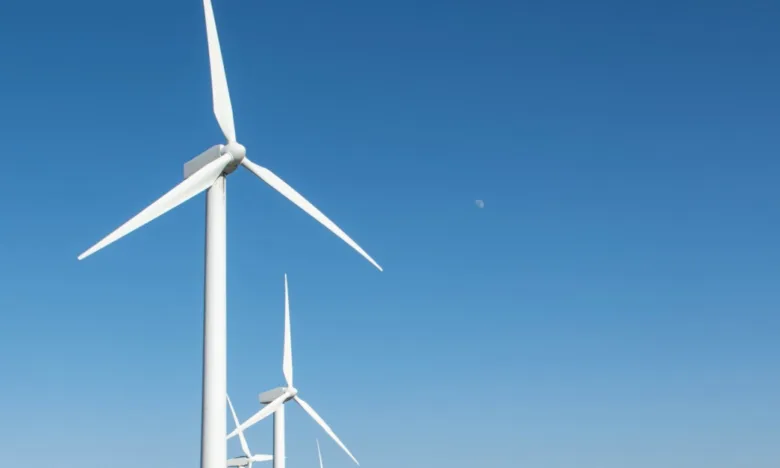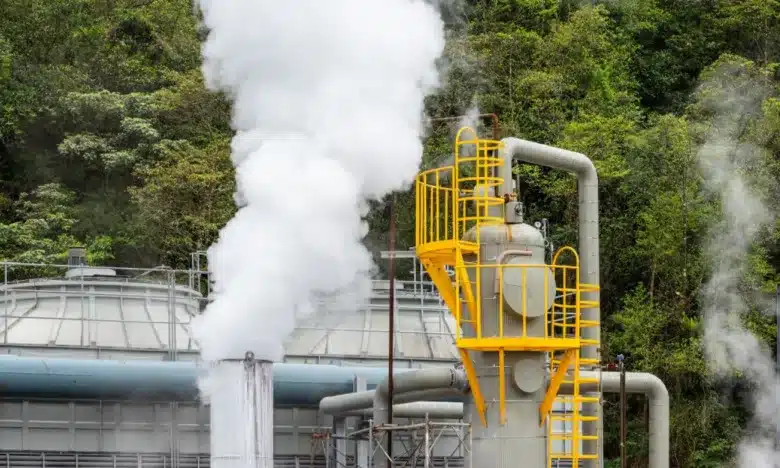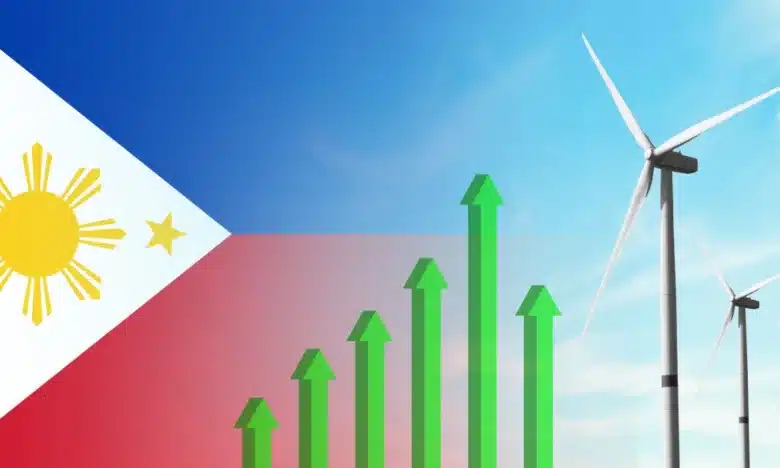
Power Rates Could Go Down by ₱3/kWh by 2030, Says DOE
- October 8, 2025
Electricity prices in the country may drop by as much as ₱3 per kilowatt-hour (kWh) by the year 2030, provided that planned power projects come online as scheduled, according to the Department of Energy (DOE).
During a congressional briefing, Energy Secretary Sharon Garin shared simulation findings indicating that power rates could decrease by “P2 to P3 per kWh” if private companies can implement all 200 proposed energy projects—both conventional and renewable—within the targeted timeline.
“This is assuming that all the green energy auction projects are delivered and all the fossil-based (projects) are also delivered,” Garin said during a Commission on Appointments hearing.
Garin affirmed the DOE’s commitment to ensuring the timely and successful completion of these projects. She said the DOE is working closely with permitting agencies and local government units, essentially “handholding the process” to resolve bottlenecks and accelerate project approvals.
(Also read: Energy Strategy in Focus at BusinessWorld Economic Forum)
Second-highest electricity rates in Asia
A 2022 report by the Philippine Center for Investigative Journalism (PCIJ) showed that the Philippines had the second-highest electricity rates in Southeast Asia, with only Singapore recording higher prices.
In Metro Manila, average power rates are currently about ₱13 per kilowatt-hour—significantly more expensive than the “less than ₱11” per kWh in neighboring countries, according to Energy Secretary Sharon Garin.
“Our electricity is not subsidized. In fact, it’s even taxed. So those are issues that don’t give us a competitive advantage with the other countries,” Garin pointed out.
(Also read: 10 Insights from the Philippine Energy Q2 2025 Report)
2050 outlook shows deeper cost reduction
The DOE asked the Independent Electricity Market Operator of the Philippines (IOMEP) to do simulations of projected electricity prices through 2050, based on the assumption that all Green Energy Auction (GEA) projects become operational.
In its long-term scenario modeling, the DOE projected that average power costs could drop to ₱0.28 per kWh in Luzon, ₱0.48 in the Visayas, and ₱0.36 in Mindanao by 2050—dramatically lower than the projected 2026 levels of ₱4.95, ₱5.28, and ₱4.06, respectively.
Ms. Guevara cited the United Kingdom’s experience with offshore wind development as an example of how prices for emerging technologies tend to fall over time, noting that electricity costs there are projected to drop from £120 to just £42 per megawatt-hour within four years.
“So the initial investment for new technologies might sound very high, but eventually it goes down,” said Guevara.
“And we already asked for IEMOP to do the simulation because we want to make sure that our consumers are protected,” she continued.
(Also read: Advancing the Philippines’ Offshore Wind Ambitions)
Coordinated action for a clean energy shift
The growth of renewable energy (RE) sources will help stabilize power costs by reducing exposure to volatile fuel markets. Since RE technologies have no recurring fuel expenses, they can deliver more predictable pricing for both consumers and industries. However, several key factors must align to ensure that a well-designed RE rollout doesn’t falter.
Supporting renewables requires continued incentives for developers, stronger grid infrastructure, and expanded energy storage. Clear, streamlined regulations are also key to avoiding costly delays. Cheaper power by 2030 is not automatic—it depends on coordinated action across generation, grid, investment, and governance.
Sources:
https://www.philstar.com/business/2025/10/05/2477507/power-rates-could-drop-p3kwh-2030
https://powerphilippines.com/ph-power-prices-among-highest-in-asean-next-to-singapore
https://www.philstar.com/business/2025/06/26/2453295/doe-targets-50kwh-power-cost-2050



